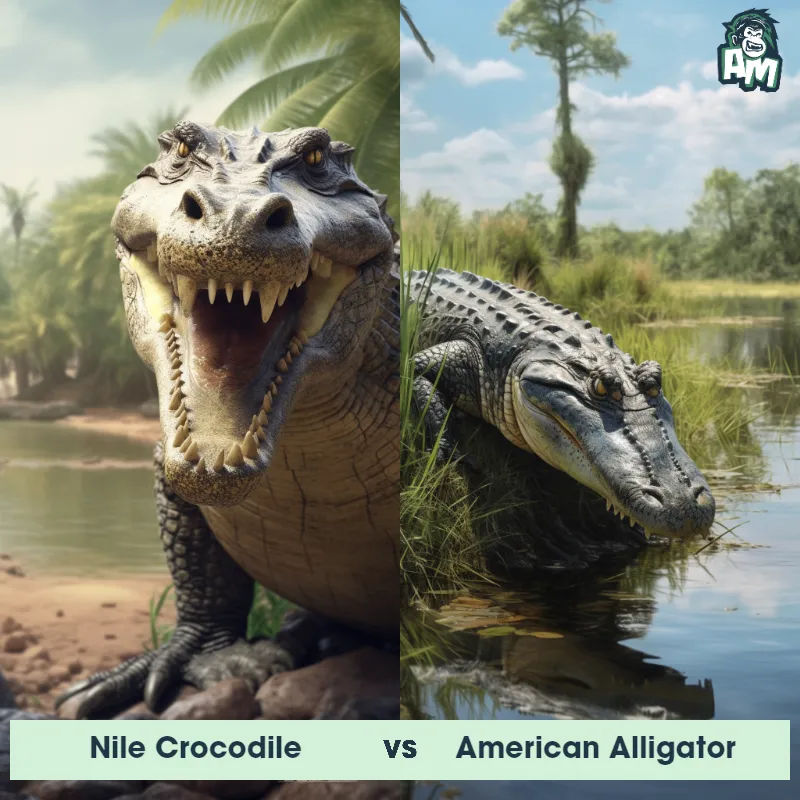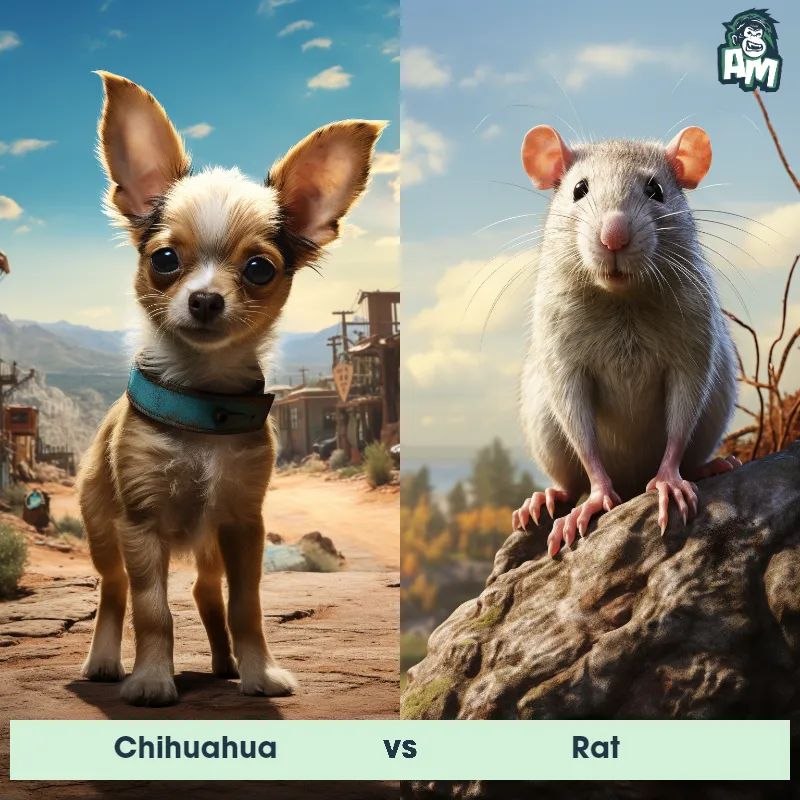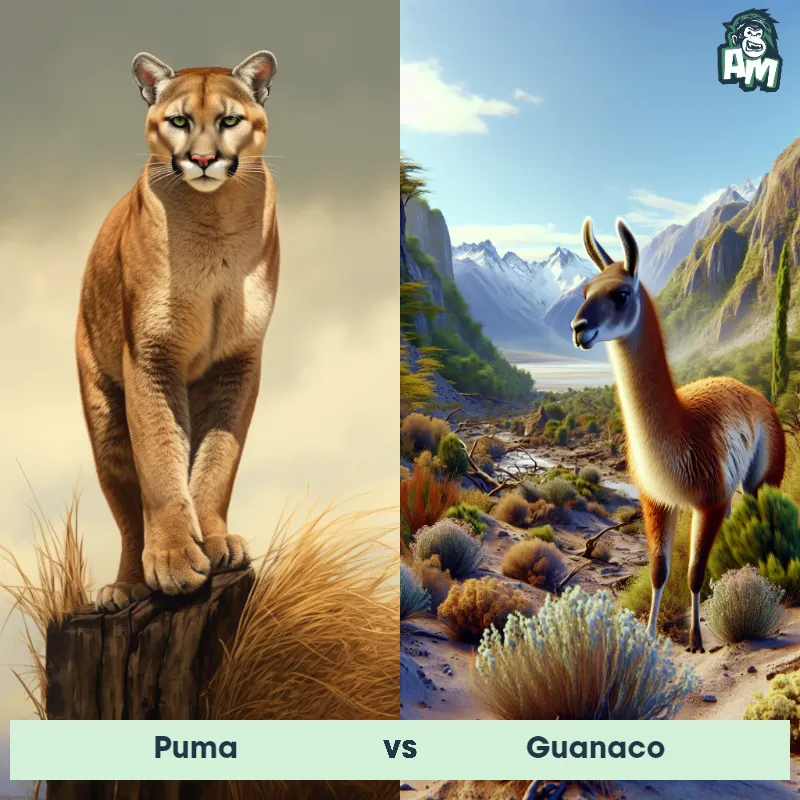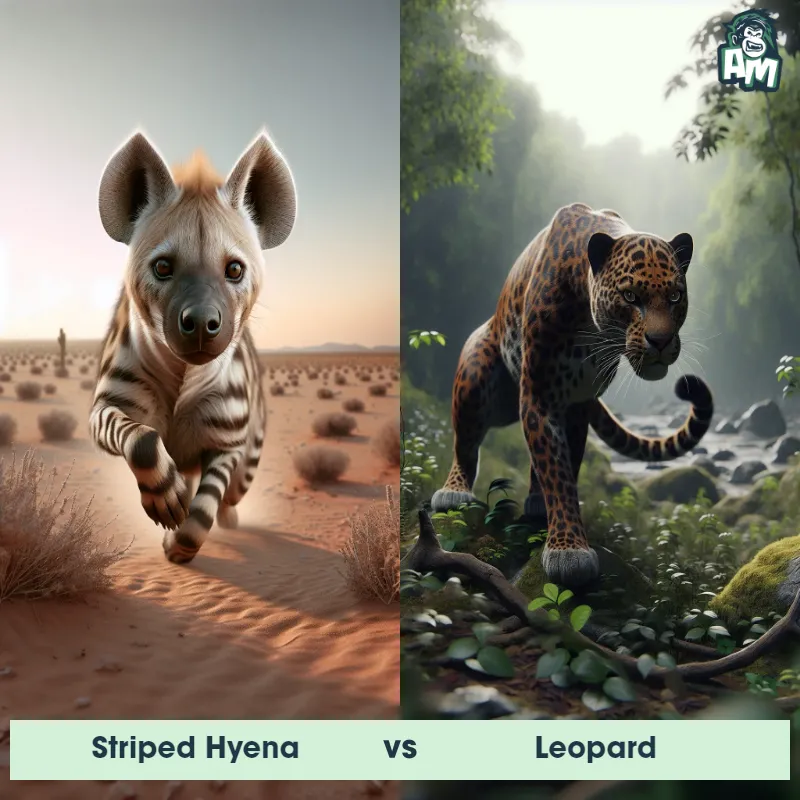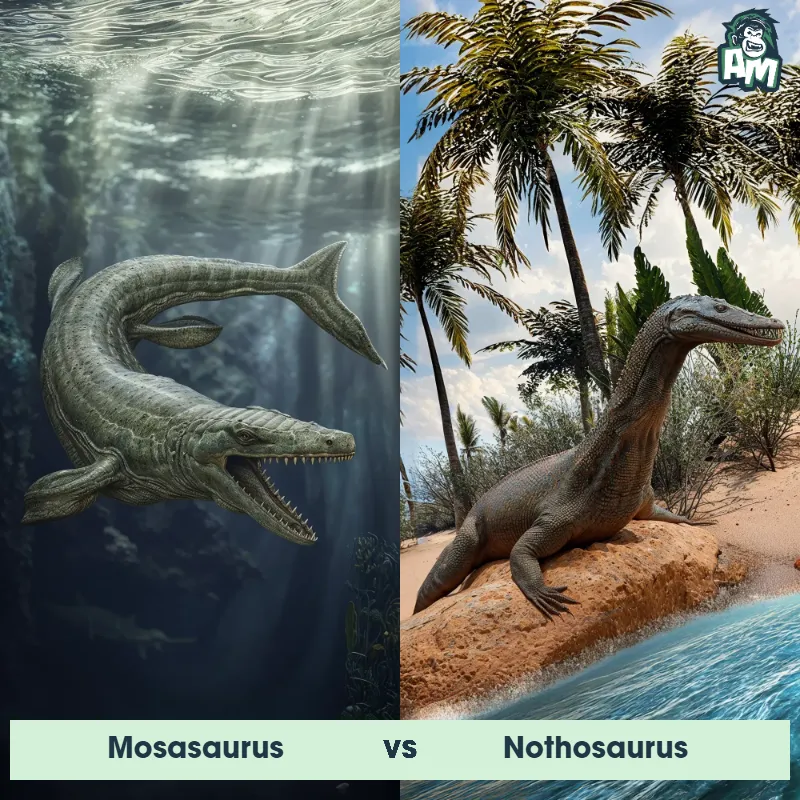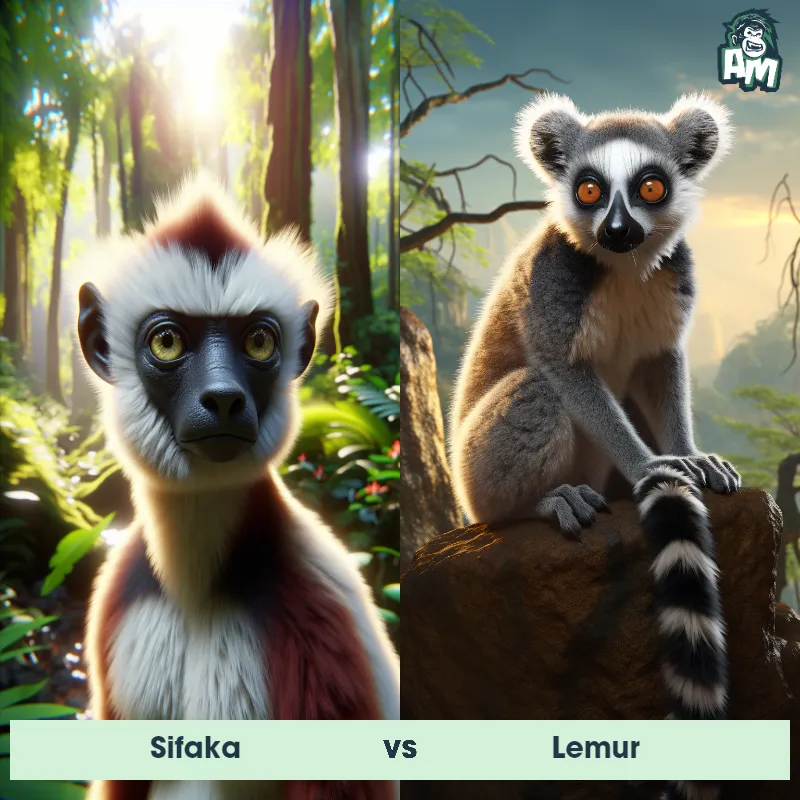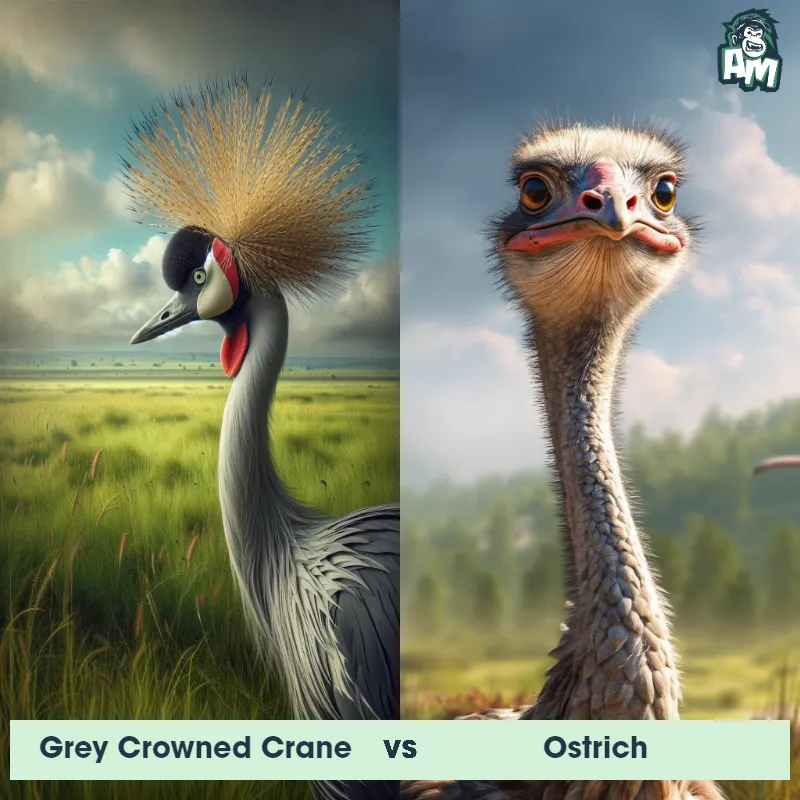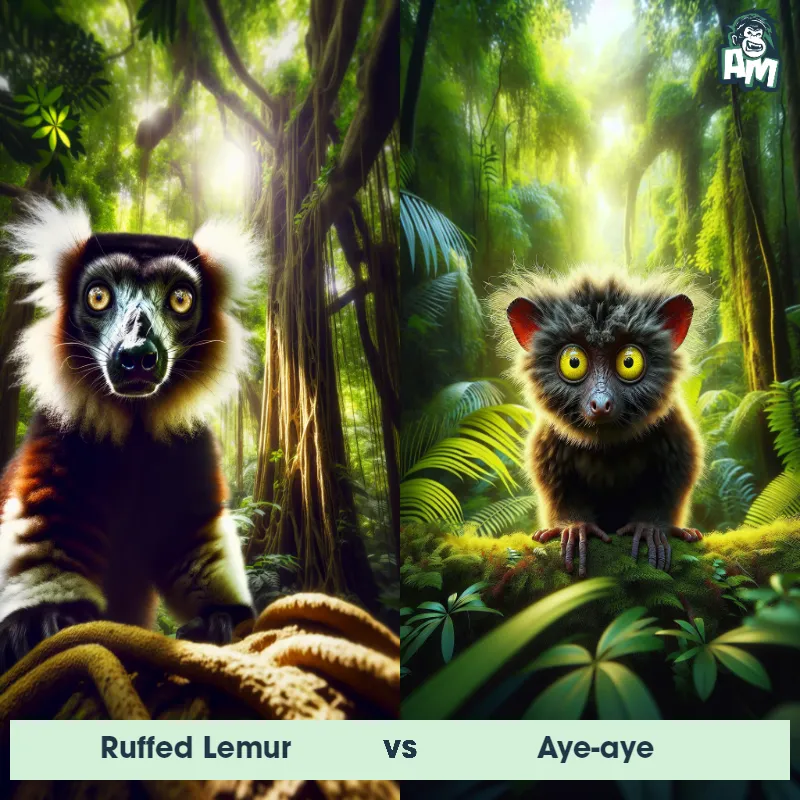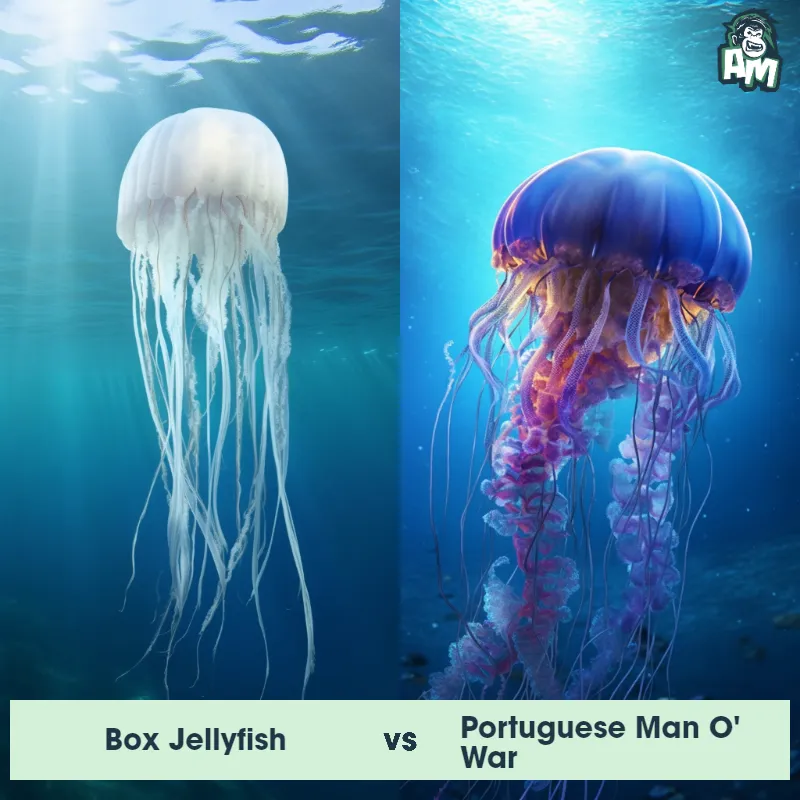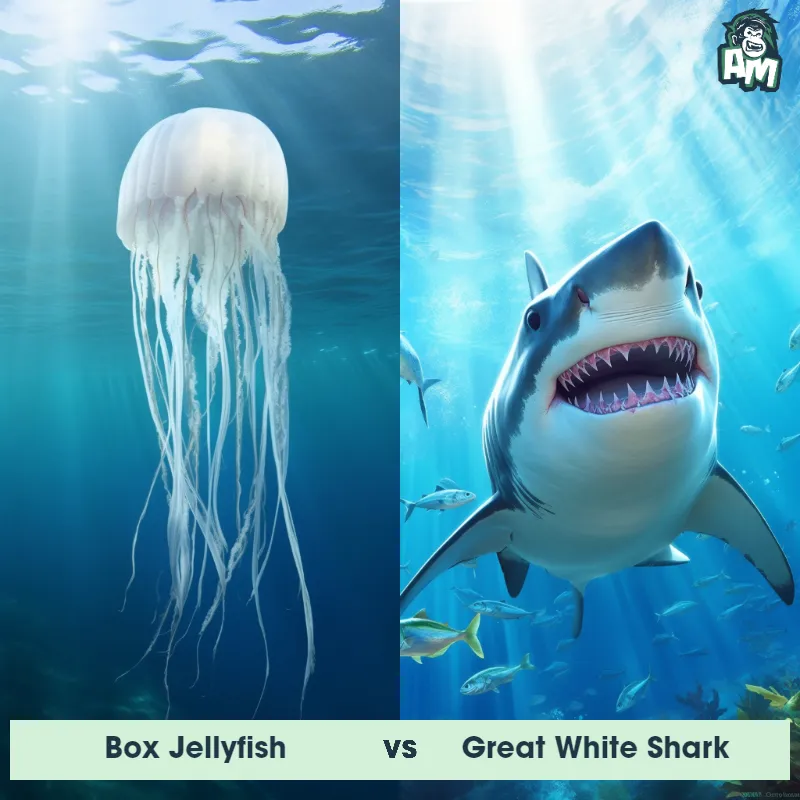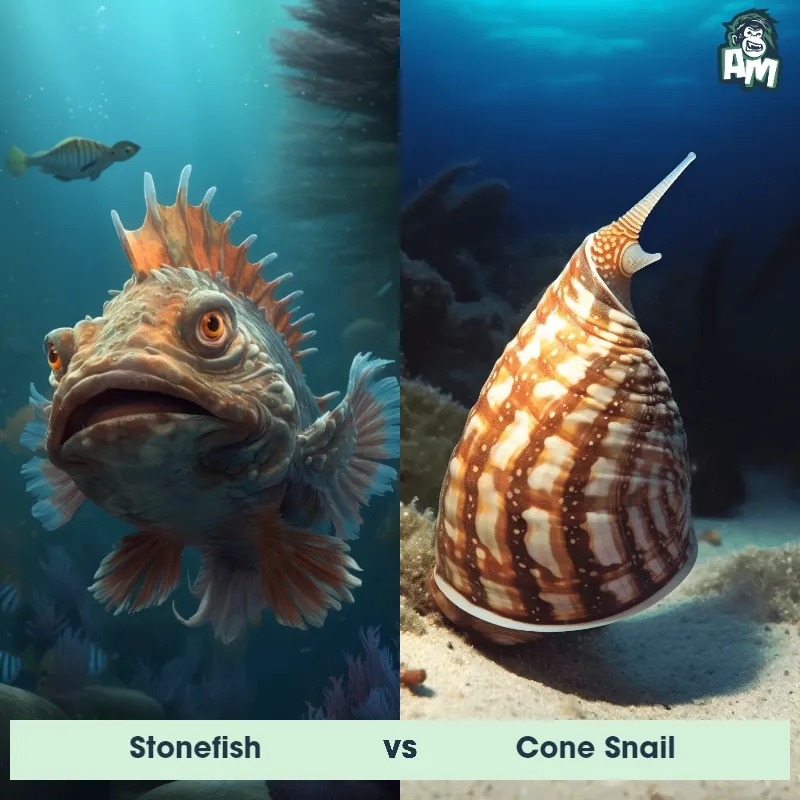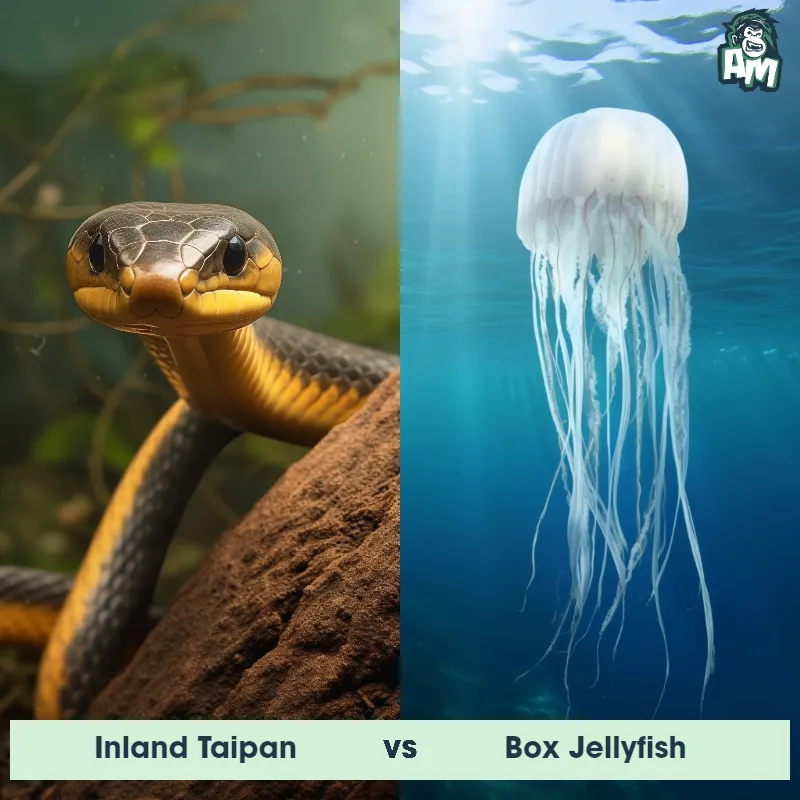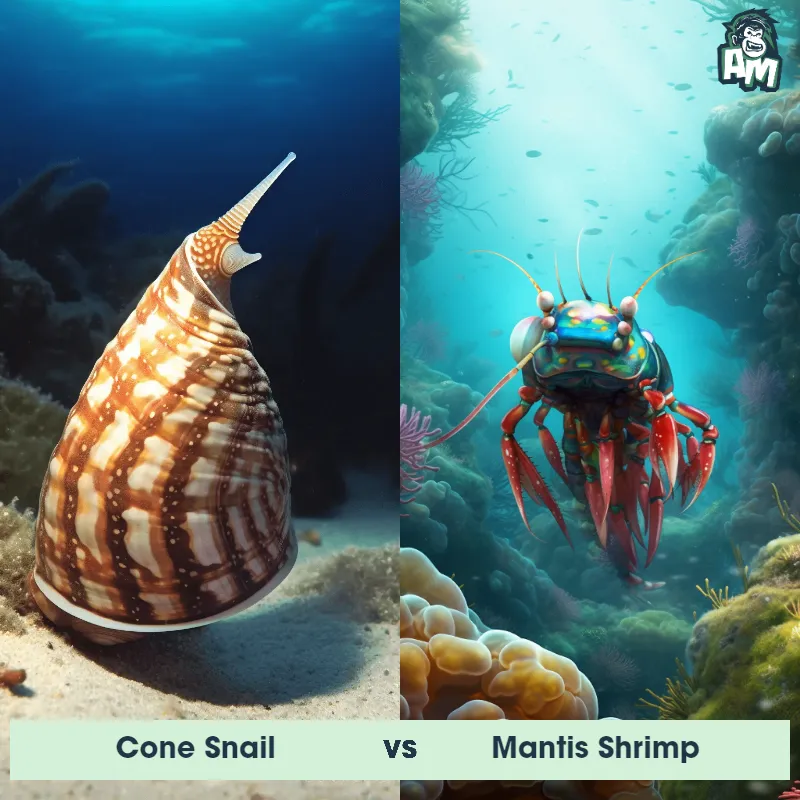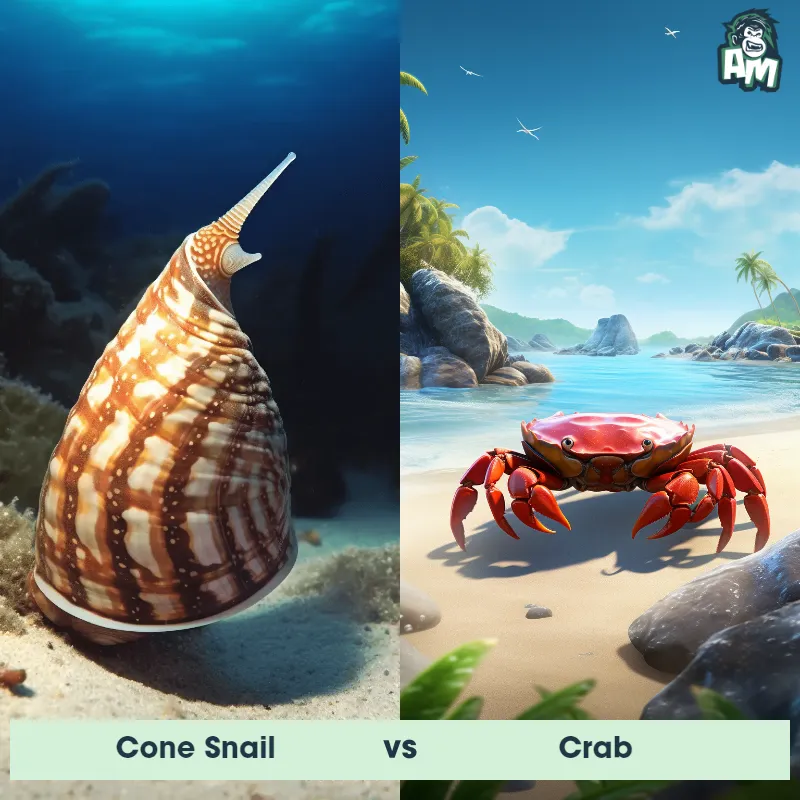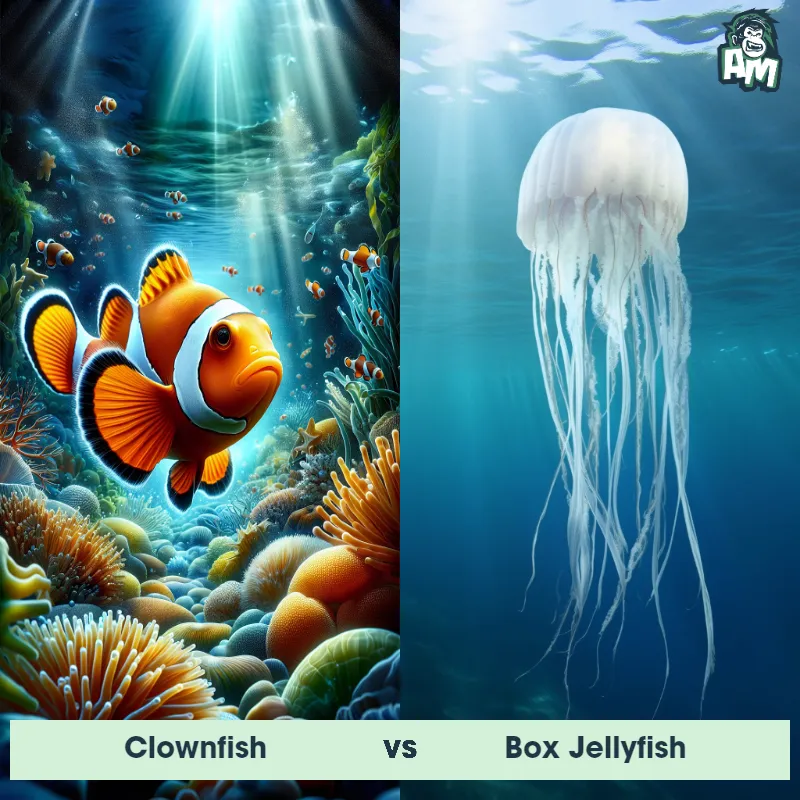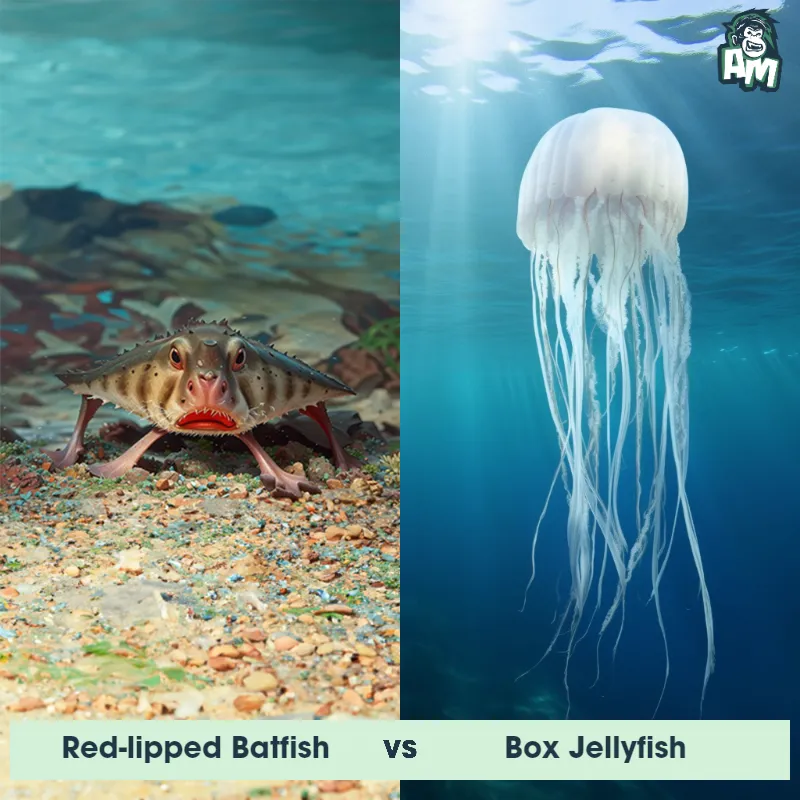Cone Snail vs Box JellyfishSee Who Wins
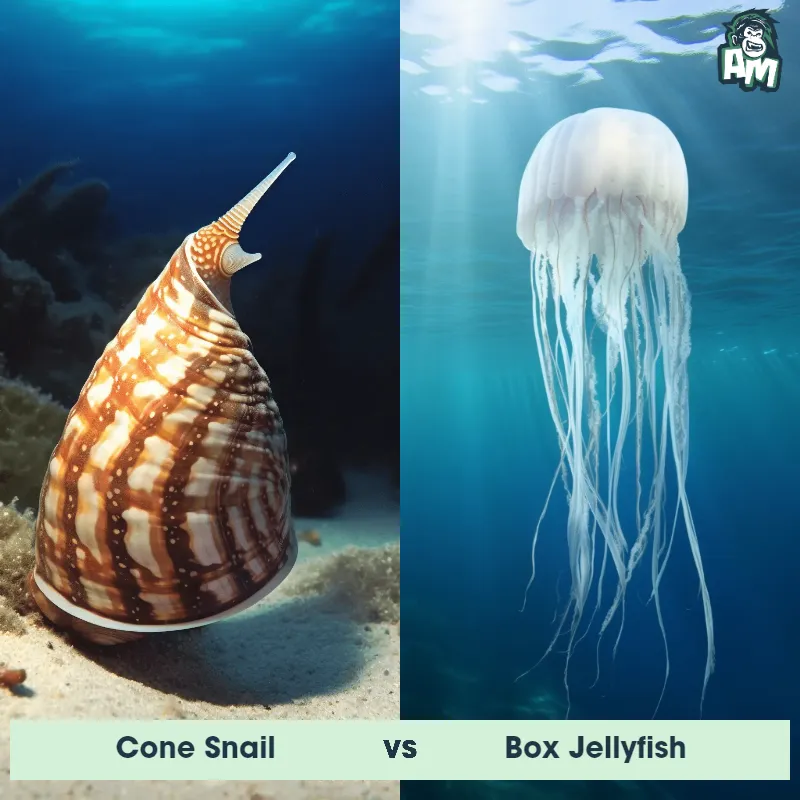
Ladies and gentlemen, welcome to this thrilling matchup between a Cone Snail and a Box Jellyfish! We're in for an electrifying showdown tonight as these two formidable creatures prepare to go head-to-head in a battle for supremacy. Both animals possess unique and deadly abilities, making this fight a spectacle you won't want to miss. Let's jump right into the action!
Contender 1: Cone Snail
The Cone Snail is a marine gastropod mollusk that is known for its beautiful and intricate shell patterns. They are found in warm waters around the world and can range in size from just a few centimeters to over 20 centimeters in length. The Cone Snail is a carnivorous predator that feeds on fish, worms, and other snails. They are also known for their venomous sting, which can be deadly to humans.
Fun Fact: The venom of the Cone Snail is so potent that it can paralyze its prey within seconds, making it easy for the snail to consume it.
Contender 2: Box Jellyfish
The Box Jellyfish, also known as the Sea Wasp, is a highly venomous marine animal found in the waters of the Pacific and Indian Oceans. It has a cube-shaped bell with up to 15 tentacles that can grow up to 10 feet long, each lined with thousands of stinging cells called nematocysts. Its transparent body makes it difficult to spot in the water, and its venom can cause heart failure and death in humans within minutes of contact.
Fun Fact: The Box Jellyfish has 24 eyes, grouped into four clusters called rhopalia, which can detect light, color, and movement, making it one of the few jellyfish species with a complex visual system.
Matchup Stats
| Cone Snail | Box Jellyfish | |
|---|---|---|
| Size | Ranges from a few centimeters to over 20 cm (8 in) (metric: 2.5 cm to over 50 cm) | Up to 10 feet (3 meters) |
| Weight | Varies by species (metric: varies by species) | Up to 4.4 pounds (2 kilograms) |
| Speed | Speed: 0.5 mph (0.8 km/hr) | Speed: 4 mph (6.4 km/hr) |
| Key Strength | Venomous sting | Venomous tentacles |
| Biggest Weakness | None | Not an aggressive predator |
Current Votes
Cone Snail vs Box Jellyfish
See Who Wins
View More Matches
Looking For More?
Similar Matches
Scientific Stats
| Cone Snail | Box Jellyfish | |
|---|---|---|
| Scientific Name | Conus | Chironex fleckeri |
| Family | Conidae | Chirodropidae |
| Habitat | Marine | Marine |
| Geography | Warm waters around the world | Pacific and Indian Oceans |
| Diet | Carnivorous, feeds on fish, worms, and other snails | Small fish, shrimp, and other jellyfish |
| Lifespan | Up to 4 years - Up to 20 years | few hours - few months |
Key Differences between Cone Snail and Box Jellyfish
- Eyes: Cone Snails are equipped with a pair of simple eyes located at the base of their tentacles, enabling them to detect light and movement, whereas Box Jellyfish possess simple sensory organs known as rhopalia, with each rhopalium containing multiple eyes to detect prey and navigate.
- Size: Cone Snails are generally small in size, with the largest species reaching up to around 9 inches (23 cm) in length, while Box Jellyfish can vary greatly in size, but the larger species can have body bells measuring several feet in diameter.
- Coloration: Cone Snails often exhibit a wide range of vibrant and striking colors and patterns on their shells, assisting in their camouflage, whereas Box Jellyfish are usually transparent or translucent, often making them difficult to spot in the water.
- Shell vs. No Shell: Cone Snails possess a hard, calcium carbonate shell that covers and protects their soft body, whereas Box Jellyfish lack a shell and have a gelatinous body composition.
- Tentacles: Cone Snails have a retractable, tubular proboscis that they use to inject venom into their prey, while Box Jellyfish have numerous long, slender tentacles that trail behind them, also containing venomous cells.
- Shape: Cone Snails have a conical-shaped shell with a pointed apex, while Box Jellyfish have a bell-shaped body consisting of a dome-like top and tentacles hanging underneath.



